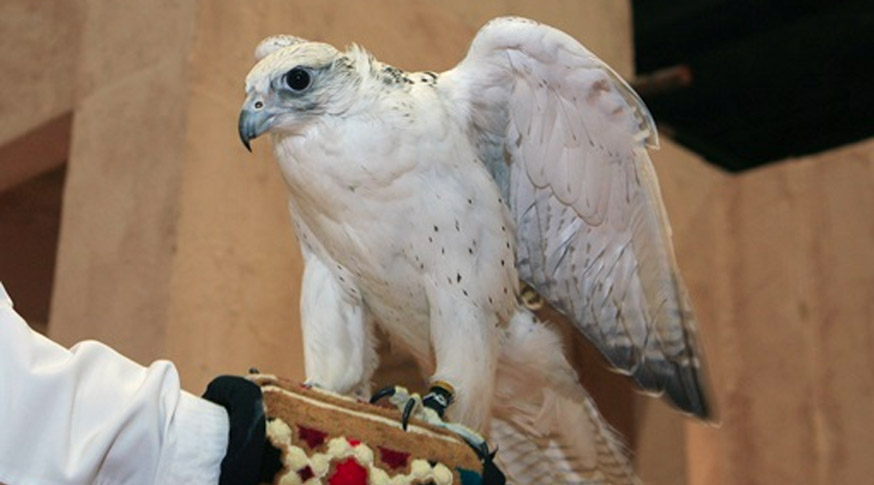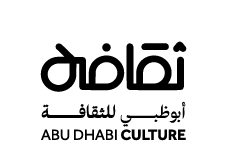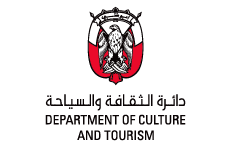Practised for thousands of years, the UNESCO-recognised sport of falconry provides a proud link to a heritage that embodies nobility, trustworthiness and courage that continues with every generation
In 2016, the United Arab Emirates was part of an international collaboration of 18 countries that helped to inscribe falconry on the UNESCO Representative List of the Intangible Cultural Heritage of Humanity.
Bedouins in the United Arab Emirates and wider Arabian Peninsula practised falconry as a form of hunting in a resource-scarce land. Its role in society changed over time and, today, it is one of the United Arab Emirates’ most honoured traditional sports.
Falconry has evolved and spread through communities and societies as a social practice and a means of communication and interaction with nature. It has become a symbol of friendship, sharing, participation and an expression of freedom. Falconers have a distinctive set of traditions and morals. They endeavour to pass on and share this heritage with their children, grandchildren and young social groups.
Pioneer of falconry
The late Sheikh Zayed bin Sultan Al Nahyan, Founding Father of the United Arab Emirates, practised falconry from a young age and was a supporter of the sport. He embodied the values associated with falconry and practised the sport often. He launched many initiatives to safeguard the sport, including a falcon release programme and the Abu Dhabi Falcon Hospital, which has become the largest falcon hospital in the world.
Training
Training involves teaching the falcon to swoop down and attack a feathered training decoy which is tied to a string and controlled by the trainer. As the bird swoops to catch the decoy, the trainer pulls it away. Done time and again, the bird learns to make repeated attempts until it catches its target.
Both the training process and the sport of hunting require patience and an understanding of the individual bird. This builds a unique bond and special language between falcon and falconer and helps to teach the important values associated with the sport.
Equipment
Falconers use special handmade equipment, including a leather hood to cover the head and eyes of the falcon when it is not flying. A wooden stand used as a perch for the bird consists of a wide flat top attached to a stick that can easily be stuck into sand. The falconer wears a leather forearm guard so the bird can use his arm as a perch between hunting and training flights.
Celebrating the sport
The sport of falconry is celebrated across the United Arab Emirates, with falconry demonstrations having a major role in National Day celebrations and other occasions. Falconry is also reflected in literature and music, with the sport and the bird celebrated in poetry, song and stories.
For more information on falconry,
click here.













